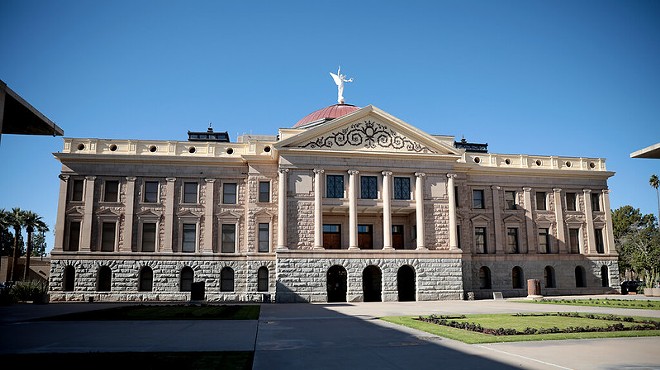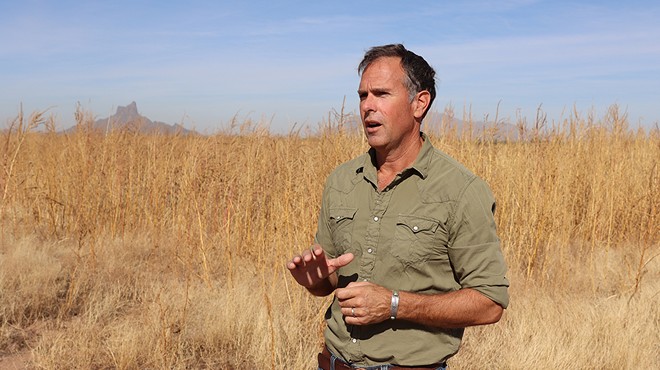Monday, April 6, 2015
What's Behind Tucson's International Wildlife Museum?
Local novelist Lydia Millet takes a look at Tucson's International Wildlife Museum for the New York Times:
On the outskirts of this city stands a fake-medieval castle with an elk statue atop its battlements. In the courtyard is a bronze relief of a man shouldering his rifle — one C. J. McElroy, a Texan who founded both this International Wildlife Museum in 1988 and, before that, in the early 1970s, Safari Club International, the trophy hunters’ group that’s headquartered here.The wildlife museum contains, like its more pedigreed natural-history cousins in cities like New York and Washington, dioramas composed of the stuffed bodies of animals posed in sculpted woodlands or prairies with painted backdrops. These dioramas — as the scholar Donna Haraway has shown — have roots as colonial-era gardens of Eden in miniature. Some are very beautiful, too, with sublime and tragic qualities that captivate adults and children alike. And the dioramas have more to recommend them than the McElroy Hall, where hundreds of disembodied heads, many from animals shot by the museum’s founder, are lined up in long rows on knotty pine walls. The room is a monument to the scale of these kills. (Mr. McElroy reportedly took more than 100 safaris on six continents; his obituary says he claimed 425 trophies in the safari club’s record book.)
More than the dioramas, it’s this old-school trophy chamber — a victor’s hall of imperial conquest, plunder and braggadocio — that seems to lay bare the museum’s core. Giraffes soar toward the high ceiling while a polar bear and black bear stand on hind legs, paws raised, faces frozen in fearsome roars. In the middle, great cats are penned, one from each famous species in a phantom Ark. But most overwhelming are the heads, protruding from the walls all around. If I weren’t familiar with the bizarre conventions of taxidermy — if I were a child, for example — these gentle, doe-eyed faces on chopped necks would certainly haunt me.
Millet notes that the Safari Club International still encourages the hunting of threatened species around the globe:
Behind this surface of poor spelling, outdated information and missing science lies the power of big money and big politics. Safari Club International is no N.R.A. leviathan; it claims a mere 50,000 members and in 2014 reported revenues of about $24 million, more than half from its annual convention. (The museum draws some 70,000 visitors a year.) But its members have included prominent leaders like Gen. H. Norman Schwarzkopf and the first President Bush, whose son presented himself as down home and authentic, just as this minor cultural outpost in Tucson does.Trophy hunters are not Everyman. These world-traveling endangered-species shooters are a far cry from the hunters who spend weekends in the American outback near their suburban or rural homes. In the 1970s, Safari Club International asked the federal government to approve its import of 1,125 not-yet-killed trophies of 40 endangered species, including gorillas, orangutans and tigers, according to the Humane Society of the United States.
The club still promotes the “Big Five” African safaris of the colonial great white hunters of yesteryear; even today the richest of the rich can kill the “big five” (leopard, Cape buffalo, elephant, lion and rhino). In Namibia, for instance, you can bag a rhino — but only if you find you have $350,000 burning a hole in your pocket. The Dallas Safari Club recently auctioned a permit to kill a black rhino and as recently as this January attempted to sell a permit to hunt an elephant.















